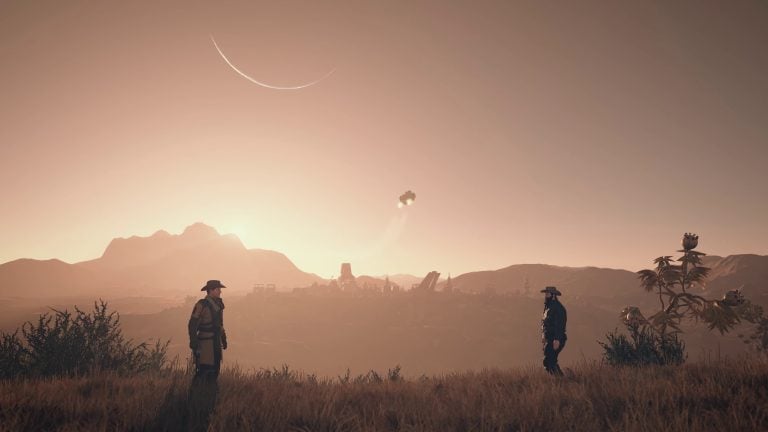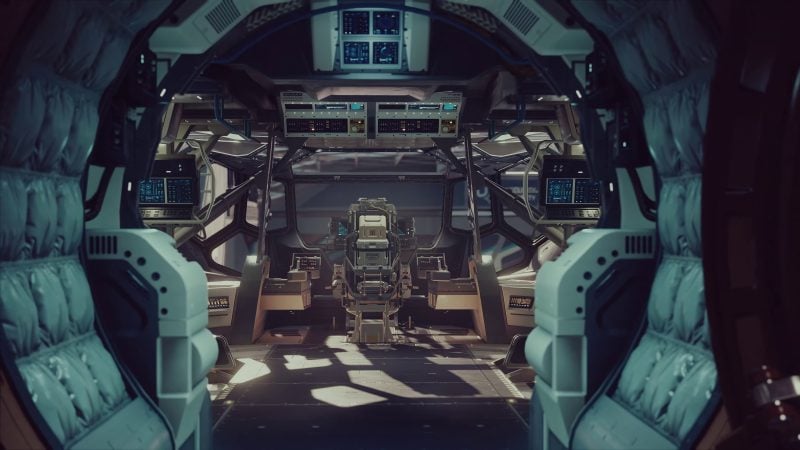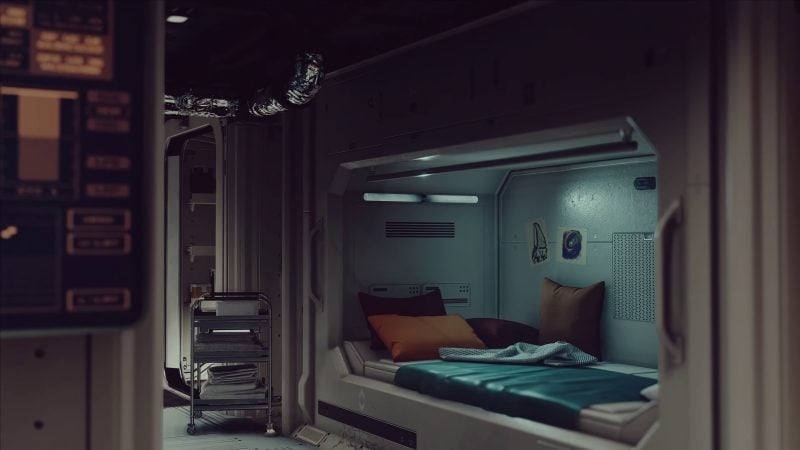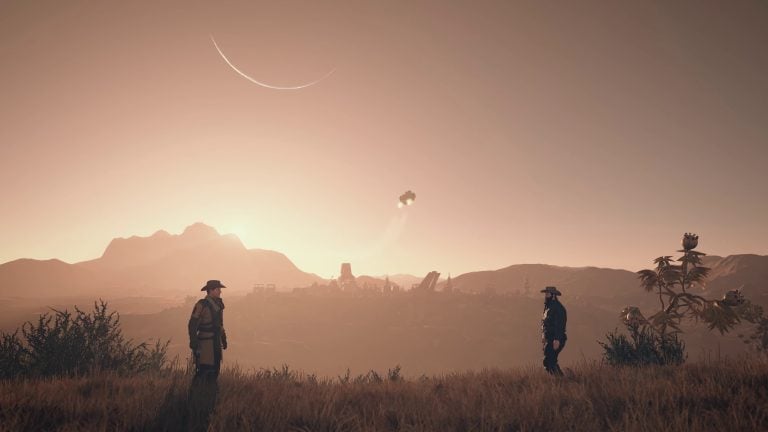As Bethesda‘s Starfield‘s galactic world takes shape, several doubts have been raised regarding both the technology sustaining such a vast, possibly infinite universe. The absence of support for Intel‘s XeSS upscalers and Nvidia‘s Deep Learning Super Sampling (DLSS) jumps out.

It has neither been confirmed nor denied that AMD“>AMD is requiring sponsored games to use the company’s technology exclusively.
Players have been anticipating high-fidelity images delivered by DLSS in Starfield ever since its initial introduction. However, since Bethesda’s exclusive deal with Advanced Micro Devices has affected this, it is now a lock. The cues (and blowback) were there from the beginning. When it became known that AMD will be a major partner in Bethesda’s space project, especially with AMD engineers delving deeply into the game’s Creation Engine 2 for FSR2 (FidelityFX Super Resolution 2.0) implementation, it raised questions about the inclusion of DLSS.
But why does any of this matter? For games, scaling technologies like DLSS, XeSS, and FSR are essential. Because of these technologies, games can render at a lesser resolution and then upscale to a higher resolution with greater graphic settings and framerates. Particularly Nvidia’s DLSS has received praise for its AI-driven methodology, which offers a superior end-user experience. However, AMD’s FSR is hardware independent, making it a more inclusive technology that can be used with other GPU vendors.
So after combing through Starfield preload files on PC, I don’t see any sign of it supporting DLSS/XeSS. If true I think this would generate a lot of backlash for Bethesda & AMD (due to their refusal to confirm whether they block rival GPU vendor techs in their sponsored games). pic.twitter.com/U67On3x6Kt
Sebastian Castellanos (@Sebasti66855537) August 18, 2023
But what do the preload statistics from Starfield show? In an effort to learn more about the game, eager fans have delved into its data. Results from researchers like Sebastian Castellanos paint a more precise picture. It appears that the only supersampling technology in use is FSR 2.0. Of course, this is not entirely unexpected given AMD’s declaration that it is the “exclusive PC partner for Starfield.”
Tensor cores included in Nvidia’s RTX GPUs are used by DLSS, a proprietary technology, to produce the upscaling effect. Most people advocate for its use because the outcome is so flawless. Especially for those who own the most recent Nvidia graphics cards, the lack of support for this venerable technology is a disappointment.
Get our newest content first by following Xfire on Google!
It’s tempting to blame AMD’s collaboration with Bethesda. But history implies that this is not a one-off incident. In the past, AMD-sponsored games have avoided DLSS, which has led to rumors regarding possible collaboration restrictions on competing upscaling capabilities. Both AMD and Bethesda refused to comment when pressed on the subject, giving evasive explanations or remaining silent.

Do not be alarmed; the modding community is experiencing hope. DLSS 3 compatibility will be added to Starfield, as renowned modder PureDark previously did for titles like Star Wars: Jedi Survivor. There are limitations to this, though. Modifications aren’t always as perfect as developer-built implementations. In addition, while some modders have been willing to share their inventions for free, others, like PureDark, have chosen to go the paid way via Patreon memberships. This raises concerns about the morality and legality of charging for mods based on the work of others.
Furthermore, the regularity of Starfield updates released after launch may interfere with mods, necessitating repeated installs and perhaps even additional fees for updated mods. This lessens the enjoyment of the game.
Although AMD’s FSR 2.0 will provide a respectable upscaling experience for Starfield, it is clear that the absence of DLSS will continue to irk many people.

If it’s any comfort, Starfield doesn’t appear to suffer significantly from it. The early leaks depict a stunning game worthy of the Xbox Series X’s probably biggest flagship release to date. The fact that everyone is praising Starfield should make Bethesda, which was hurt by the leaks, happy. A few months ago, everyone couldn’t help but condemn the game for its FPS lock, exclusivity to a single platform, and a host of other issues.
